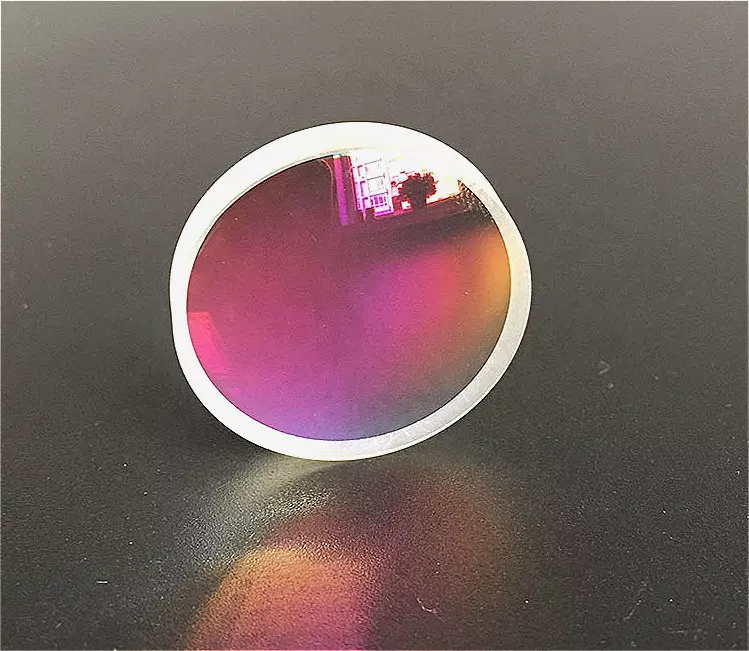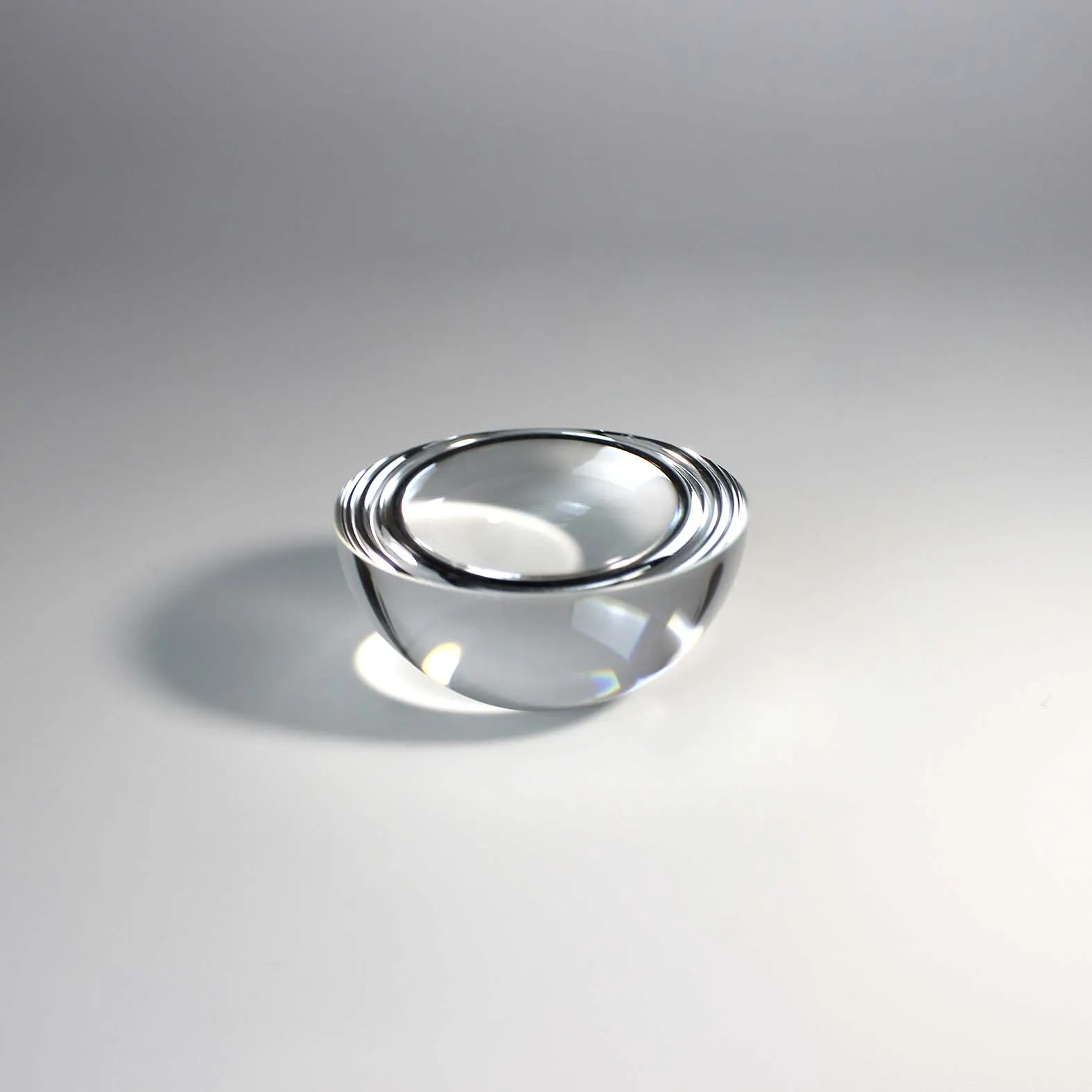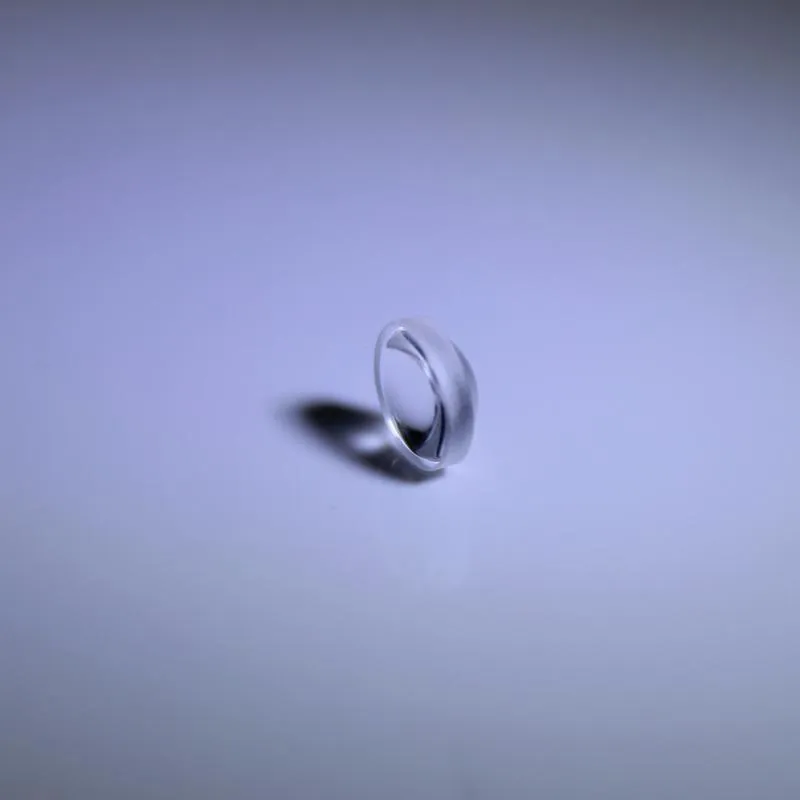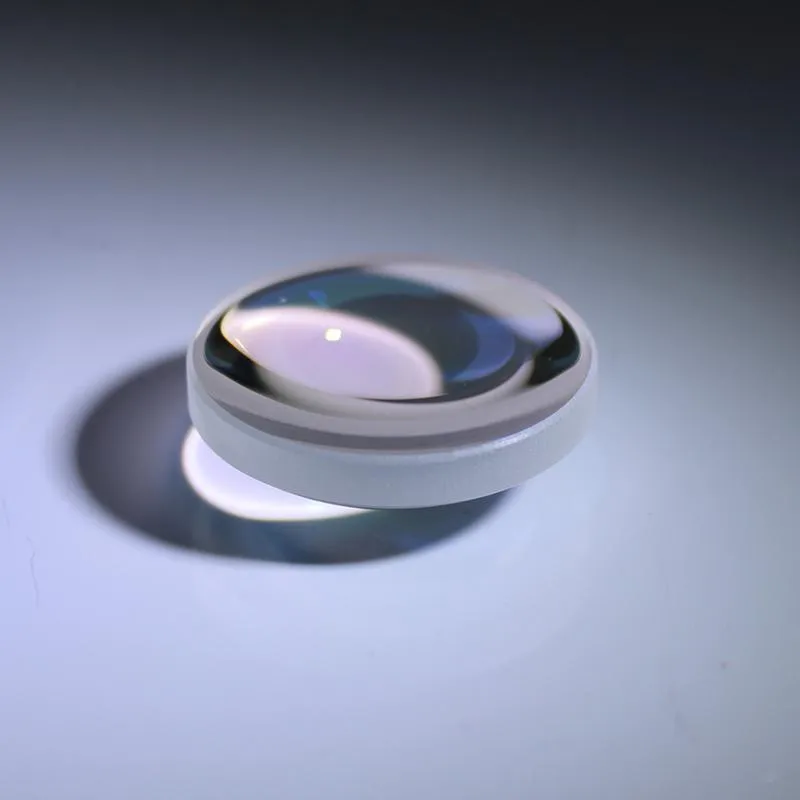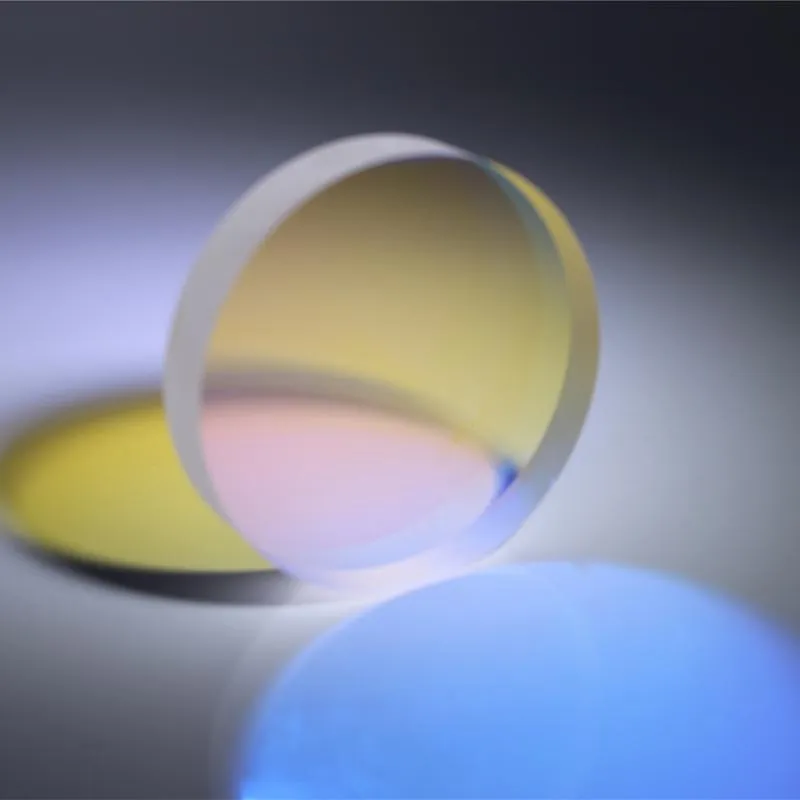Aspheric lens
In the world of advanced optical technology, aspherical optics have become a key component in enhancing image clarity and reducing optical aberrations. Unlike traditional spherical lenses, aspherical optics are designed with non-spherical surfaces, allowing them to correct distortions that typically occur in standard optical systems. These lenses are widely used in industries such as photography, medical imaging, and telecommunications, providing sharper and more accurate results. At OptiTechno, we specialize in delivering high-quality aspherical optics for various applications, ensuring superior performance in even the most demanding environments.
Glass Aspheric Lenses: The Future of Precision Optics
Glass aspheric lenses are at the forefront of optical innovation, offering unparalleled performance when it comes to reducing spherical aberrations. These lenses are specifically designed to improve image quality by focusing light more accurately than their spherical counterparts. The unique shape of glass aspheric lenses allows them to provide better focus and sharper images, making them ideal for high-performance systems, from cameras to microscopes and telescopes. The ability of these lenses to reduce the number of optical elements needed in a system also results in lighter, more compact designs.
An optical aspheric lens is a lens that has a non-spherical shape, allowing it to reduce or eliminate distortions that occur in traditional spherical lenses. These lenses are specifically designed to focus light more precisely, which leads to clearer, more accurate images. Aspheric optics are often used in high-performance optical systems where image clarity is critical, such as in cameras, microscopes, and telescopes. They are also beneficial in reducing the weight and size of optical assemblies, which is particularly useful in portable devices like smartphones and medical instruments.
Applications of Aspheric Optics Across Industries
The versatility of aspheric optics makes them indispensable across a wide range of industries. Here are some common applications where optical aspheric lenses play a crucial role:
- Photography and Videography: Aspherical optics are commonly used in camera lenses to improve image quality by minimizing aberrations and enhancing sharpness, especially in wide-angle and zoom lenses.
- Medical Devices: In medical imaging equipment, such as endoscopes and surgical microscopes, aspheric optics help achieve high-resolution imaging, ensuring accurate diagnosis and treatment.
- Telecommunications: Aspheric lenses are used in fiber optic communication systems to focus light beams more precisely, improving data transmission quality and reducing signal loss.
- Consumer Electronics: Compact and lightweight aspheric lenses are increasingly used in devices like smartphones and virtual reality headsets, where space is limited, but image quality is essential.
- Scientific Research: Laboratories and research institutions use glass aspheric lenses in various optical instruments, such as telescopes and microscopes, for more precise and accurate data collection.
Advantages of Optical Aspheric Lenses
There are several reasons why optical aspheric lenses are considered superior to traditional spherical lenses. Below are the key advantages:
- Reduction of Spherical Aberrations: Spherical lenses tend to distort images by focusing light at different points, leading to blurred edges or halo effects. Aspherical optics eliminate this issue by focusing all light at a single point.
- Improved Image Quality: The precision of aspherical optics leads to clearer and sharper images, making them essential for high-resolution photography and imaging systems.
- Compact Design: Glass aspheric lenses reduce the number of optical elements needed in a system, resulting in lighter and more compact designs, which is particularly beneficial in portable devices.
- Cost-Effective: By using fewer lenses to achieve the same level of performance, aspherical optics can lower production costs while maintaining or improving the overall quality of the optical system.
- Wide Range of Applications: From cameras to medical instruments, aspheric optics are highly versatile and can be adapted to a variety of optical systems.
The development of glass aspheric lenses has transformed the design and functionality of modern optical systems. Traditional lenses made from spherical surfaces often require multiple elements to correct aberrations, adding weight and complexity to the system. In contrast, glass aspheric lenses provide the same level of precision with fewer elements, resulting in a more efficient and compact design. These lenses are essential in industries that demand high precision and clarity, such as telecommunications and medical imaging.
Many industries rely on aspherical optics to improve the quality and accuracy of their optical systems. In high-precision fields like medical imaging, scientific research, and telecommunications, the performance of optical aspheric lenses directly affects the success of critical tasks. For instance, in medical surgery, the clarity of a microscope with glass aspheric lenses can mean the difference between a successful operation and a complication. Similarly, in telecommunications, aspheric optics ensure the smooth transmission of data by minimizing signal loss.
The rise of aspherical optics has transformed the world of optical systems, offering solutions that deliver superior clarity, precision, and compact design. Whether used in photography, medical devices, scientific instruments, or telecommunications, the optical aspheric lens is a critical tool for reducing aberrations and enhancing performance. At OptiTechno, we provide high-quality glass aspheric lenses tailored to meet the needs of various industries, ensuring that your optical systems operate with maximum efficiency and precision.
If you’re looking for the best in aspherical optics for your specific application, explore our selection of glass aspheric lenses today. Let us help you find the perfect solution to enhance the performance of your optical system.
We offer fast and secure shipping of aspheric optics across the USA and Europe, ensuring timely delivery for industries such as photography, medical imaging, and telecommunications. Our trusted logistics network guarantees safe handling and efficient transit, so you receive high-quality glass aspheric lenses without delays. Experience hassle-free international shipping with our reliable service.
Our Ordering Process
Send us your request with detailed specifications
Receive a commercial offer with terms and costs
After your approval, we handle manufacturing, quality control, and shipping
📦 Shipping
3-5 days in EU, from 10 days to USA
💳 Payment methods
Cash, Bank Transfer, Cards (Visa, Mastercard, Amex, Discover) and PayPal
💬 Questions?
Contact us via WhatsApp, phone, live chat or email
